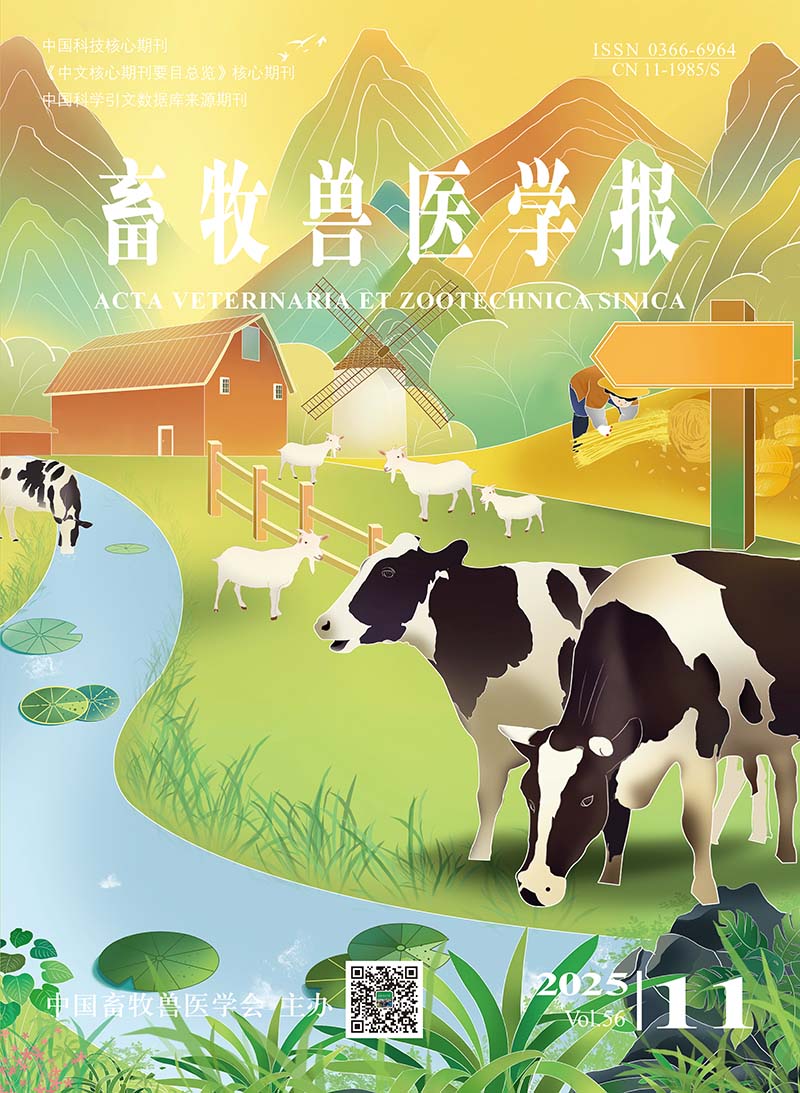This study aimed to reveal the conservation status of the 4 major local pig breeds in Guangdong Province, evaluate the genetic structure for their conservation populations, and provide guidance for protection and utilization of local pig genetic resources. In 2023, a total of 488 pigs from 6 conservation farms representing the 4 major local pig breeds in Guangdong Province were sampled (92 Xinfeng Large black-white pigs, 34 Xinfeng Lantang pigs, 68 Zijin Lantang pigs, 77 Lejiazhuang Small-ear Spotted pigs, 109 Yihao Small-ear Spotted pigs, and 108 Beica Yuedong Black pigs). Samples were genotyped using a 50K SNP chip and compared with 41 pig breeds, including European wild boars, Western Commercial pigs, South China local pigs, and other Chinese local pigs, in total 2 144 individuals. After quality control, 20 590 SNP loci were retained. Genetic diversity, inbreeding status, ancestry composition and family structure analyses were conducted. The results showed that the inbreeding coefficient (F) of Xinfeng Large black-white pigs was 0.409, observed heterozygosity (Ho) was 0.181, expected heterozygosity (He) was 0.172, the total length of runs of homozygosity (ROH) was 475.81 Mb, linkage disequilibrium (LD) length was 467.88 kb, the average FROH was 0.212, and the population was divided into 5 families. The inbreeding coefficient (F) of Xinfeng Lantang pigs was 0.316, Ho was 0.210, He was 0.189, ROH length was 441.76 Mb, LD length was 475.78 kb, FROH was 0.201, and the population was divided into 4 families. The inbreeding coefficient (F) of Zijin Lantang pigs was 0.239, Ho was 0.233, He was 0.218, ROH length was 224.13 Mb, LD length was 463.53 kb, FROH was 0.100, and the population was divided into 5 families. The inbreeding coefficient (F) of Lejiazhuang Small-ear Spotted pigs was 0.319, Ho was 0.208, He was 0.221, ROH length was 262.62 Mb, LD length was 460.88 kb, FROH was 0.117, and the population was divided into 7 families. The inbreeding coefficient (F) of Yihao Small-ear Spotted pigs was 0.435, Ho was 0.173, He was 0.171, ROH length was 113.41 Mb, LD length was 418.59 kb, FROH was 0.051, and the population was divided into 6 families. The inbreeding coefficient (F) of Beica Yuedong Black pigs was -0.028, Ho was 0.314, He was 0.300, ROH length was 247.47 Mb, LD length was 467.88 kb, FROH was 0.110, and the population was divided into 5 families. Ancestry composition analysis of each conservation population showed that, except for the Yuedong Black pig population, which was still significantly genetically influenced by Western commercial pig ancestry with an average Chinese pig ancestry proportion of 69.37%, the other 4 populations had less Western commercial pig ancestry, with an average Chinese pig ancestry proportion greater than 90%. In summary, conservation farms for local pig breeds in Guangdong Province should focus more on increasing the population size and improving breeding scheme within captivity, aiming to reduce the degree of inbreeding while maintaining stable genetic integrity.






